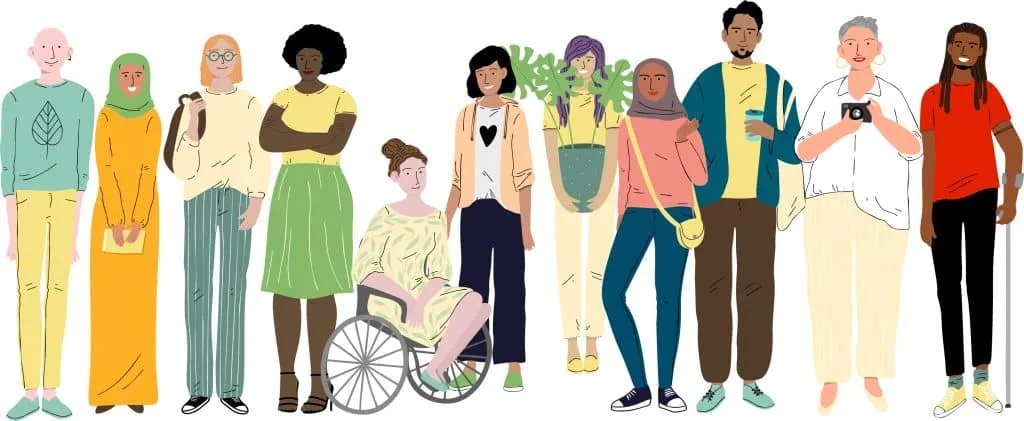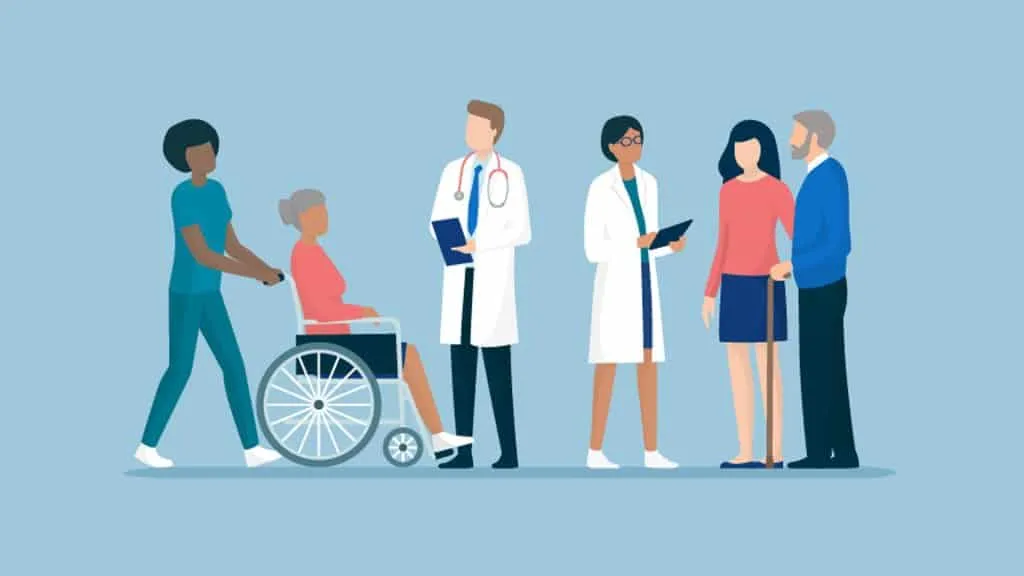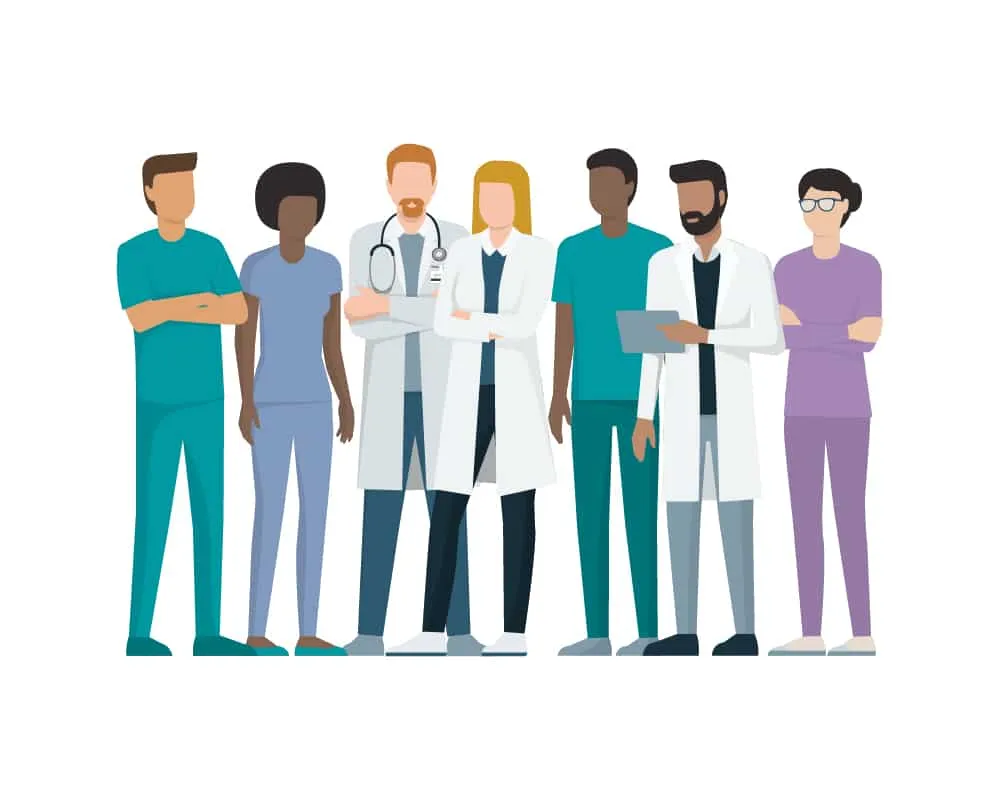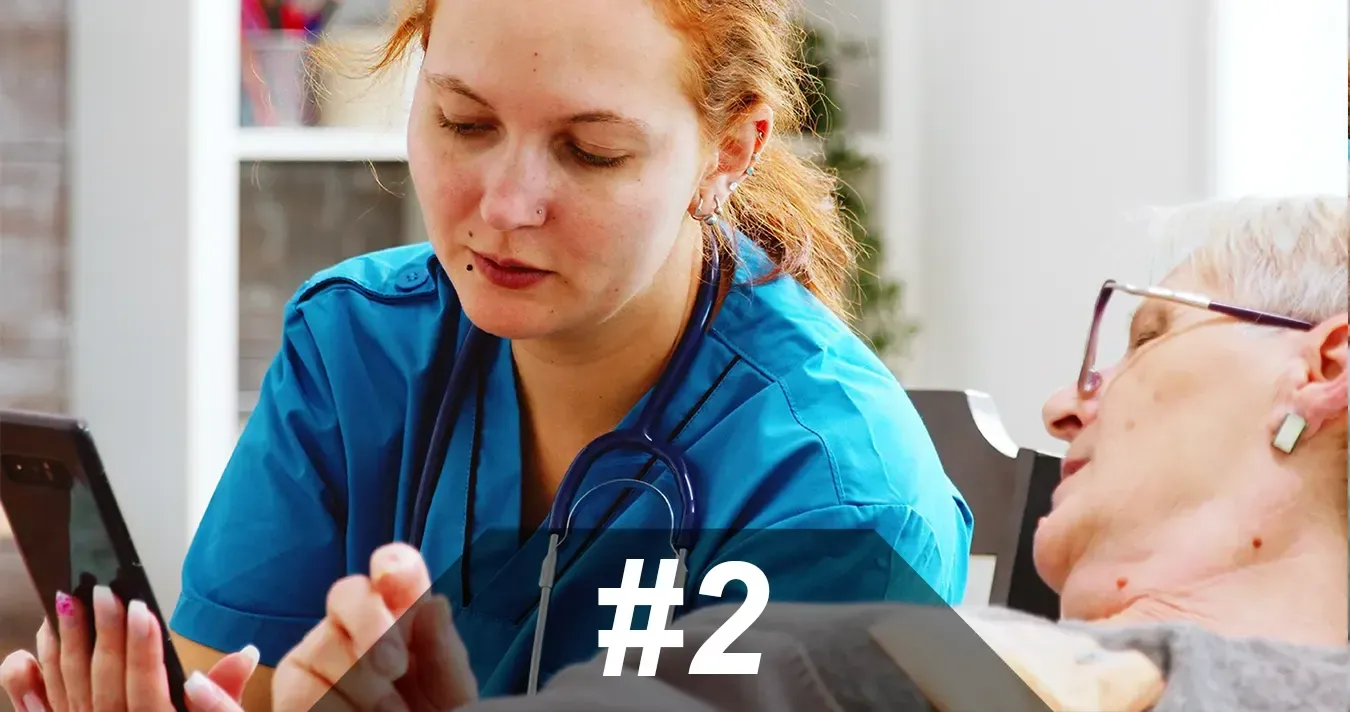Cultural barriers remain an integral part of communication. Cultural barriers are complex beliefs and assumptions that influence how people of different backgrounds interact. Some cultural barriers relate to communication preferences or styles, whereas others involve how people in different cultures define themselves as individuals, groups, and nations. When discussing cultural barriers, it is essential to recognize that culture influences how people think and operate. This can make it difficult for individuals from distinct cultural backgrounds to communicate, collaborate and share information effectively.
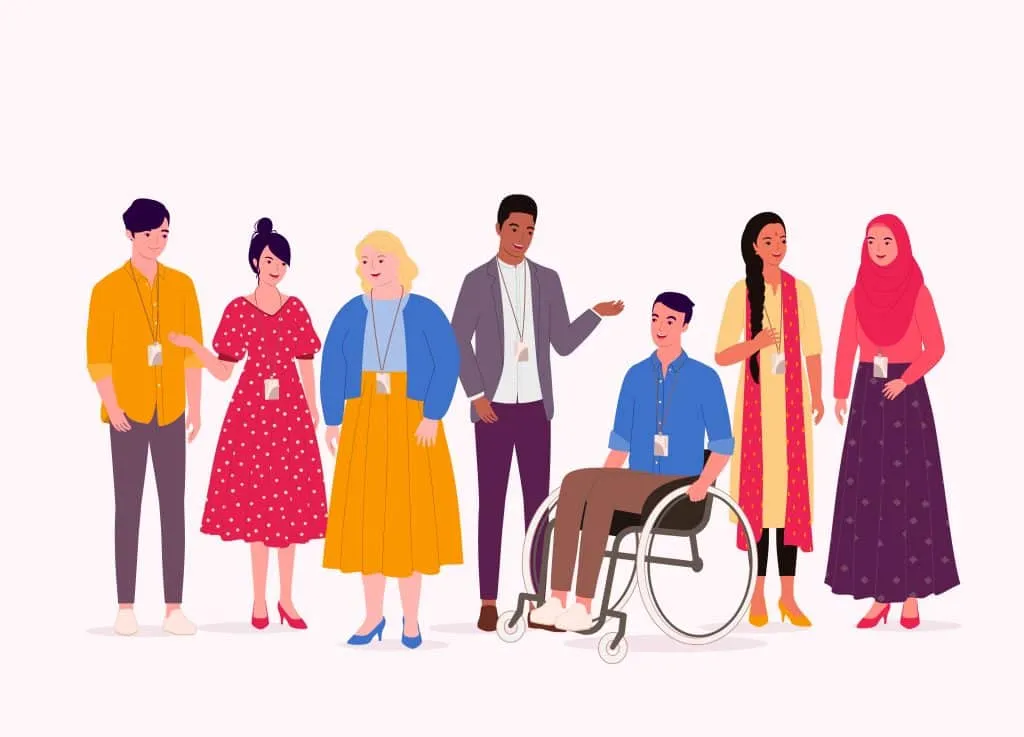
People socialize in different cultures. Cultural stereotypes are one way the brain organizes the vast amount of information in our world. By fostering cultural stereotypes, we can easily comprehend the differences in our societies. However, this process becomes the root cause behind the negative experiences of cultural stereotypes. The effects of this become stark as patient interactions rely heavily on talking openly with their doctor. “The quality of patient–provider relations […] remains a significant influence on patient outcomes” (Aronson et al., 2013). The need to create or form communication services of cultural relevance remains paramount.
While patient care is a universal language, many cultural barriers may impact physician-patient interactions. Cultural stereotypes can cause problems if the doctor needs to understand how they should approach their patient’s situation. Due to some cultural differences, patients may feel uncomfortable sharing pertinent information with their doctor. In other cases, physicians may not understand the concerns of minority patients or be impacted by their different cultural backgrounds. Minority patients often feel intimidated by healthcare providers and avoid seeking medical attention when needed.
Cultural barriers can contribute to miscommunication between physicians and patients. For instance, cultural norms might differ from native doctors’ beliefs about the best treatment options for illnesses. In a 2013 qualitative study, researchers found that interventions for Hispanic immigrants with diabetes should contain culturally relevant resources. Patient education materials should encompass culturally relevant means of communicating valuable health information. By utilizing this approach, patients of various cultural backgrounds will be more comfortable seeking further care and/or maintaining their prescribed health regimen.
Adverse patient outcomes concerning mental health are also impacted by cultural barriers. Patients may not want their social group to find out that they are seeking help for mental health issues. A 2013 study found among different country populations high levels of stigma associated with mental health conditions such as depression and schizophrenia. Thus, patients may feel shame about disclosing this information to a health professional. These are just some examples of why it is crucial to mitigate the effects of cultural differences in health services.
Cultural differences can lead to health disparities in several ways. Doctors and patients often bring different expectations about the nature of the medical encounter, and these differences can make it difficult for doctors to provide adequate care. The medical system also tends to pathologize certain cultures, resulting in negative stereotypes that may impact how doctors treat their patients. Overall, it becomes crucial for health services to implement culturally relevant resources and services to better care for all patients.

